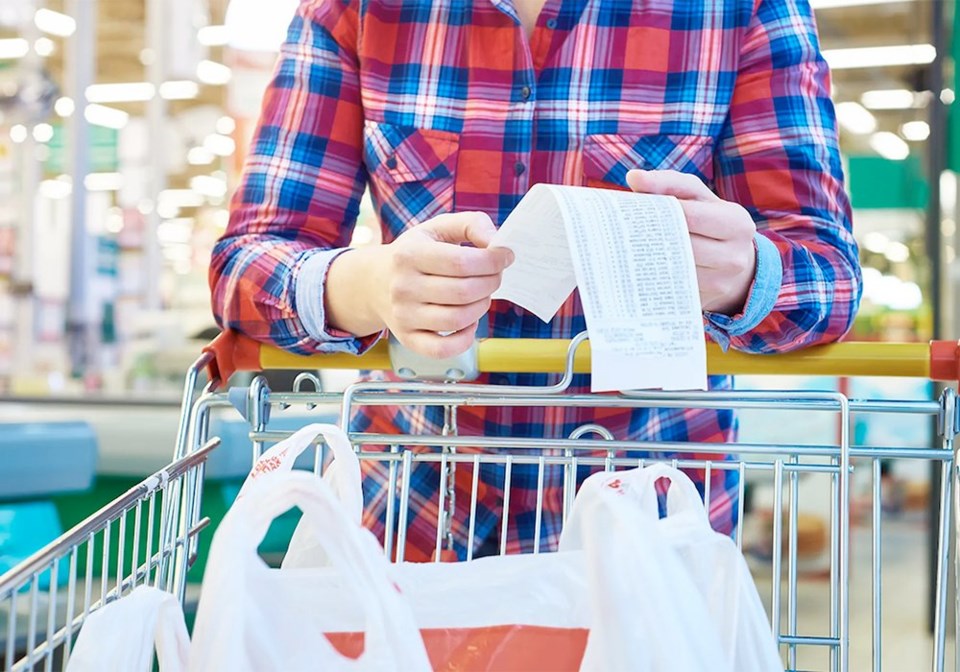That’s pushing prices beyond mere annoyance into fear for many Canadians.
“In 2022, food insecurity will be a big issue as Canadians grapple with rising prices,” says the four-university report, overseen by Dalhousie University’s Sylvain Charlebois.
“Food programs may face increased demand along with higher costs for food, and food retailers may see increased rates of theft.”
Canadian food price increases in recent years have pushed the country lower on the list of nations with the lowest price of food.
“The food inflation index has well outpaced general inflation over the last 20 years in Canada. A typical grocery bill rose by 70 percent between 2000 and 2020,” says the report, released Dec. 9.
“According to the Global Food Security Index, Canada ranked 18th in the world in 2019 when food affordability was measured. Now, in 2021, Canada ranks 24th in the world.”
The food bill for an average four-person Canadian family will increase by almost $1,000 in 2022, the report predicts, with the increases led by bakery and dairy items. Meat prices saw an almost 10 percent jump in 2021, which was well beyond the report’s predictions. However, they should increase only gently in 2022, it predicted.
The causes of the food price inflation are well known. Supply chains around the world have been disrupted by the pandemic.
Workers have drifted away from the food industry after being laid off or finding pandemic demands too stressful for poor pay.
Weather problems such as Western Canada’s massive drought have reduced supplies of nearby and crucial food supplies.
Canadians are wise to the boosted prices.
“Almost half of surveyed Canadians have changed their meat purchasing habits because of observed price increases, while 73.5 percent had noticed a phenomenon called ‘shrinkflation’ in which food is sold in smaller quantities but for the same or a higher price,” says the report.




